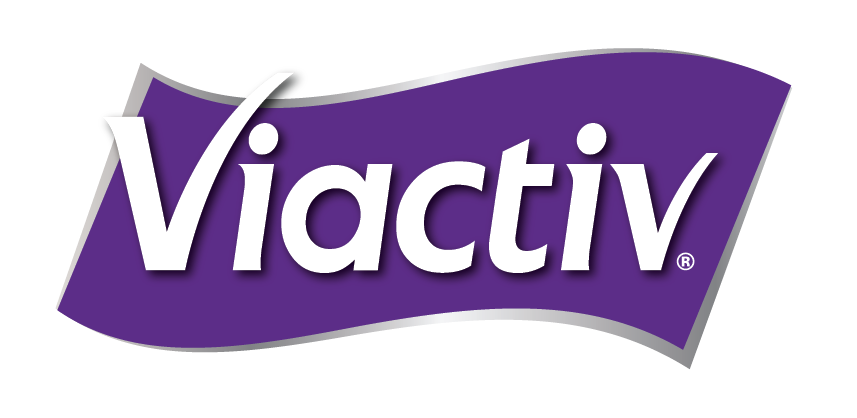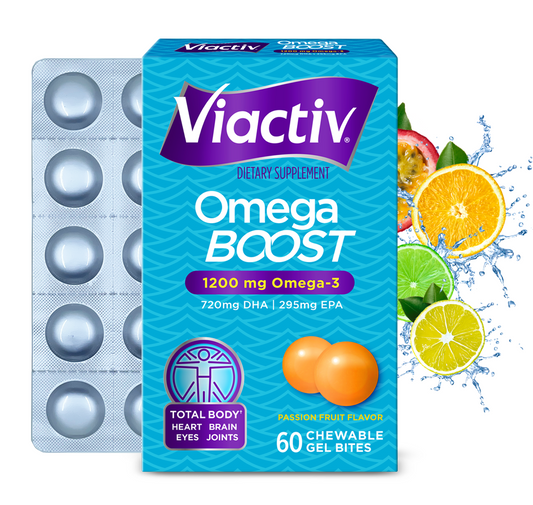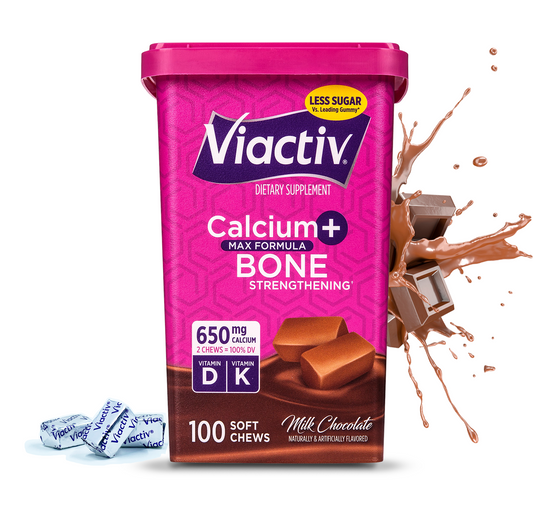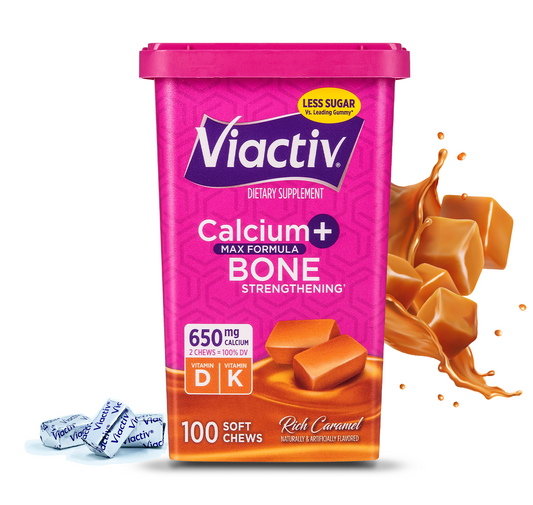With so many brands to choose from, how do you know the best omega-3 supplement? Three easy answers can be found by simply reading the product label to ensure that you choose a product that will be the most beneficial for the price you pay.
1. Form Counts

Is Omega 3 fish oil? Yes, BUT the form of the fish oil you take matters. When talking quality, one of the biggest discussions around fish oil is, “Which form of fish oil is the best?” Omega-3s from fish oil come to consumers most commonly in two forms: in a cleaned triglyceride (rTG) form or in an ethyl ester (EE) form.
When we eat fish, the Omega-3s we receive from the fish are in a natural triglyceride form, meaning they are not cleaned from the potential contaminants from the ocean. Over 98% of all fats ingested in our diets are in triglyceride form. When a fish oil manufacturer goes to make their omega-3 supplement, ethyl esters are produced during the purification process by adding ethanol, an industrial alcohol, to the fish oil. Then, a distillation process starts. Once purification is complete through this process, some manufacturers choose to leave the fish oil in an EE form due to cost. Quality products continue the process by removing the ethanol alcohol, which leaves the fish oil in a cleaned, triglyceride form.
So, when picking the best Omega-3 supplement, look for rTG or cleaned triglycerides on the label; it’s like eating a big piece of fresh, cleaned fish. This means the fish oil in the supplement is in the form that our bodies would receive naturally from eating fish, minus any contaminants from the ocean (mercury, PCBs, etc.). Research shows us that this form is approximately three times more absorbable and beneficial than the ethyl ester form.
2. Fish Oil vs Plant Based Omega 3

There are three common forms of Omega-3s. One is from plants, like flaxseed oil or chia seed oil. These will be listed on the label as Alpha-Linolenic Acid (ALA). ALA is the most abundant Omega-3 in nature. While plants are a valuable part of a healthy diet, ALA must be biochemically converted in the body for the Omega-3 nutrients to be useful and beneficial.
The other two forms are from marine sources like fatty fish and algae. These Omega-3s are called Eicosapentaenoic Acid (EPA) and Docosahexaenoic Acid (DHA). EPA and DHA can be easily absorbed and bioavailable, which means they can be immediately beneficial when consumed. EPA and DHA are the Omega-3 forms found in fish and provide the most benefit. So, when looking to purchase fish oil vs plant based omega 3, opt in for the marine-sourced fish oil/Omega-3 options that contain EPA and DHA.
3. EPA and DHA Recommendations

EPA and DHA recommendations from the National Institute of Health are a little over 1,000mg of total EPA and DHA for adult men and women. Remember, we can’t make them from scratch, so we must get EPA and DHA through our diets.
While we are all human, how our bodies utilize nutrition can be very different based on variables such as age, sex, diet, body mass, genetics, medication use, health status, and exposure to pollutants and toxins. These variables affect how well someone metabolizes dietary fatty acids, including how much of the consumed omega-3s a person eats through food or ingests through supplementation actually gets to the cells of that individual. Simply, this means how much of the nutrients can be used by the body. Nutrition is not a one size fits all endeavor – depending on the person, more EPA and DHA may be necessary to achieve nutritional goals.
Therefore, starting with a product that provides the daily recommended amount is key. Many times, a product label will claim 1,200mg of fish oil, yet there is a very small amount of EPA and DHA. Make sure that you read the supplement facts, not just the front of the label, as all fish oils are NOT created equal.
Follow the Steps:
A busy, active lifestyle requires optimal nutrition, including a high-quality re-esterified triglyceride (rTG) Omega-3 fatty acid supplement to function at its best! Read your label and follow the 1, 2, Omega-3 steps to ensure you're supplementing your life in the best possible way:
- Form: Cleaned Triglyceride Form (rTG)
- Animals Rule: Fish/Marine-Sourced Omega-3s = EPA and DHA
- Amount: 1,000mg of EPA and DHA per daily serving
Just 2 Viactiv Omega Boost Gel Bites provides 1,015mg of EPA and DHA omega-3 fatty acids per day. Viactiv, along with a healthy diet, can optimize your health by helping you maintain healthy levels of Omega-3 fatty acids in your body. Enjoy the journey of you!
Sources:
Triglycerides | Better Health Channel
Bioavailability of Marine N-3 Fatty Acid Formulations | ScienceDirect
Alpha-Linolenic Acid Supplementation and Conversion to N-3 Long-Chain Polyunsaturated Fatty Acids in Humans | National Institutes of Health (NIH)
Omega-3 Fatty Acids | National Institutes of Health (NIH)
Fatty Acid Metabolism: Implications for Diet, Genetic Variation, and Disease | National Institutes of Health (NIH)
Last Updated On: January 12, 2023
First Published On: February 28, 2022





